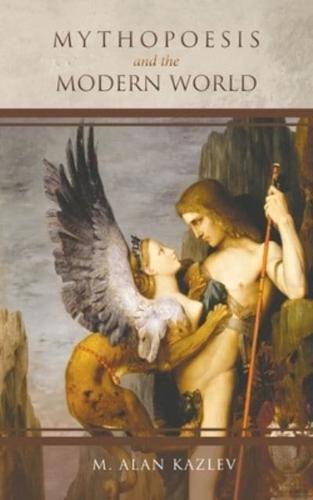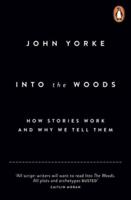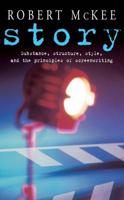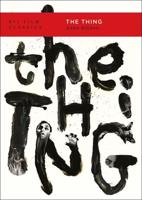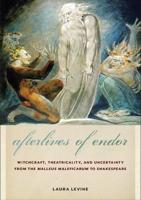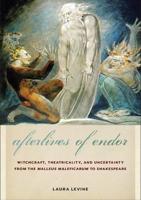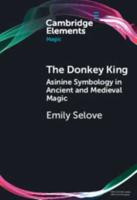Publisher's Synopsis
Mythopoesis is a Greek-derived word that means "myth-making." Mythopoeia was used by the English author J. R. R. Tolkien in reference to creative art about "fundamental things." Mythopoesis is, therefore, the creation of myth by means of the higher imagination. Thus, the creation of myth is also one of the highest forms of storytelling.
In this way, myths and myth-making are a source of meaning for human consciousness, which exists at the junction of two vast worlds or realities: the external world known to science and empirical observation and the inner world described in myth, art, imagination, and phenomenology in general.
This inner world, the world of mythopoesis, is present in popular culture, such as novels, television, cinema, comic books, and computer games, in which archetypal themes have been re-shaped according to the understanding and worldview of contemporary authors and readers.
The inner world is not just an epiphenomenon of the brain. It is as extensive and autonomous as the outer world. To use the terminology of esotericist scholar Henry Corbin, it is an "Imaginal World," which is the intermediate or transitional reality between the mundane or everyday reality on the one hand and spiritual, noetic, and transcendent reality or realities on the other.
Mythopoesis and the Modern World draws inspiration from various authors, including (but not limited to) J. R. R. Tolkien, Henry Corbin, Joseph Campbell, Carl Gustav Jung, Sri Aurobindo, Mircea Eliade, Ken Wilber, and Jean Gebser. The book also studies mythopoesis and archetypes in the science fiction and fantasy genres in relation to mythological and metaphysical narratives.
